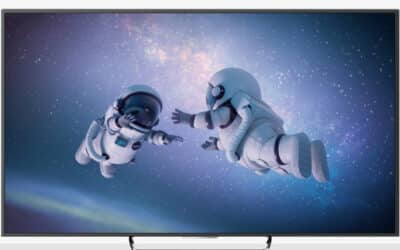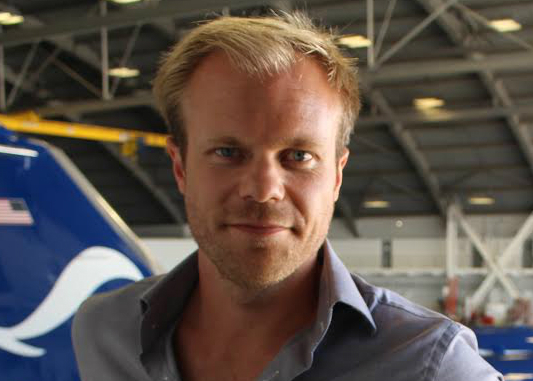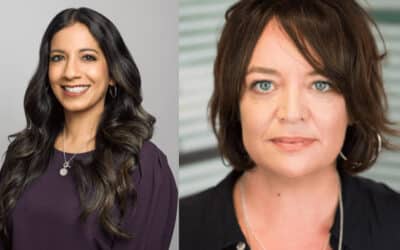Each Friday, Points North gives a senior media figure a platform to air their views on a topical or relevant issue.
This week it’s Simon King, weatherman for BBC stations including Radio 5 live and 6 Music. Ten years on from the disaster of Hurricane Katrina, he’s travelled to America to make a programme for 5 live about how the science of forecasting has changed.
“Blimey, was Hurricane Katrina really 10 years ago?” is the normal response I get when I tell people about a special programme I’ve made on the 10th Anniversary of Hurricane Katrina for BBC Radio 5 Live.
When you want to investigate hurricanes, there is only one place in the world to head to… Miami, Florida. This is where I went to visit the home of the National Hurricane Centre, the International Hurricane Research Centre and a number of other government research offices. Just a bit further up-state in Tampa you’ll also find the Hurricane Hunters; a group of men and women who fly into hurricanes for reconnaissance and research (yes, really!).

Most of us will remember watching the news as Katrina made landfall on the coast of Louisiana and Mississippi on the 29th August 2005, seeing huge flooding and destruction in New Orleans in particular. Land of an area in similar size to the UK was destroyed, 300,000 homes devastated and nearly 2,000 people lost their lives.
We’ll see a lot of the human impacts of Katrina over the coming weeks as the anniversary approaches but I wanted to look at how the science of hurricane forecasting has changed over the last decade, how technology has improved and find out if the United States is ready for another hurricane on Katrina’s scale.
The biggest change over the last decade has been the improvement in the numerical model we use to forecast hurricane tracks and the associated hazards such as storm surges. Warnings can be better focused and thus saving lives and money by not evacuating people unnecessarily and by placing greater gravitas in those areas that are under a warning.
 Simon King (left) and ‘Hurricane Hunter’ Dave Cowen
Simon King (left) and ‘Hurricane Hunter’ Dave Cowen
The improvement in the models comes from more research and reconnaissance via the Hurricane Hunters. I visit them at their base to see the planes and meet some of the crew who take the risk in flying into the centre of a monster storm. They tell me it’s a relatively safe thing to do but after some of the stories of the more scary moments, I’m not so sure!
Since Katrina there have also been changes in rules to build better houses and structures to cope in hurricane force winds with help from the ‘Wall of Wind’ at Florida International University. With its 12 massive fans it’s a facility capable of replicating a category 5 hurricane (winds >157mph).
It’s interesting to note that a major hurricane (classed as category 3 and above) hasn’t made landfall in the US since the famous 2005 hurricane season and this is a concern to some who think people may not be as prepared as they should be. Does science tell us why we’ve been waiting so long? Not really. It’s probably down to sheer luck so far.
The overwhelming theme I took away after meeting so many amazing people was that they love the jobs they do, doing all they can to ultimately save lives. They truly are unsung heroes when it comes to dealing with one of the most powerful forces of Mother Nature.
Hurricane Katrina 10 Years On: Science Of The Storm is an Audio Always production for BBC Radio 5 live. It will be broadcast on 5 live on Sunday 30th August at 10am.








